Galaxy S9 vs. Galaxy S8: Upgrade or Stay Put?
The new Galaxy S9 has the same expansive display as last year’s S8. But Samsung has introduced a number of changes to its newest flagship smartphone.
Stack the Galaxy S9 next to last year's Galaxy S8, and it would be hard to spot the differences. With a couple notable exceptions — we're looking at you, relocated rear fingerprint sensor — the S9 bears an uncanny resemblance to last year's phone.
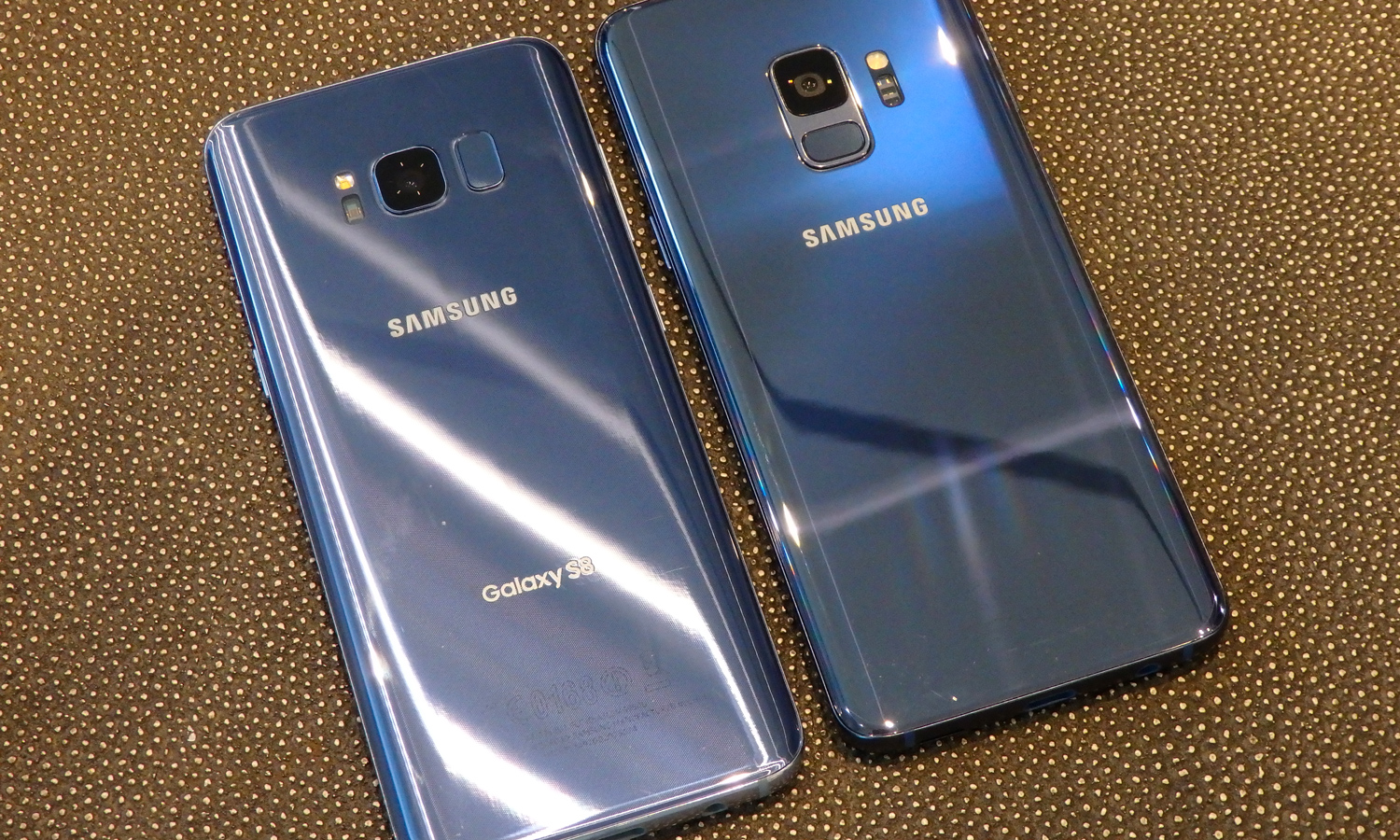
But looks can be deceiving. While the S9 retains the eye-catchingly expansive Infinity Display Samsung introduced in last year's phones, the new models introduce some pretty substantial changes under the hood.
Galaxy S9 Vs. Galaxy S8: The Specs
Why you can trust Tom's Guide
| Model | Galaxy S9 | Galaxy S9+ | Galaxy S8 | Galaxy S8+ |
| Price at Launch | $720-$820 | $840-$940 | $750 | $850 |
| Display (Resolution) | 5.8 inches (2960 x 1440) | 6.2 inches (2960 x 1440) | 5.8 inches (2960 x 1440) | 6.2 inches (2960 x 1440) |
| Rear Camera | 12-MP Super Speed Dual Pixel (f/1.5-f/2.4) | 12-MP Super Speed Dual Pixel (f/1.5-f/2.4), 12-MP telephoto (f/2.4) | 12-MP (f/1.7) | 12-MP (f/1.7) |
| Front Camera | 8-MP (f/1.7) | 8-MP (f/1.7) | 8-MP (f/1.7) | 8-MP (f/1.7) |
| CPU | Snapdragon 845 | Snapdragon 845 | Snapdragon 835 | Snapdragon 835 |
| RAM | 4GB | 6GB | 4GB | 4GB |
| Storage | 64GB, 128GB, 256GB | 64GB, 128GB, 256GB | 64GB | 64GB |
| microSD | up to 400GB | up to 400GB | Up to 256GB | Up to 256GB |
| Battery | 3,000 mAh | 3,500 mAh | 3,000 mAh | 3,500 mAh |
| Battery Life (hrs:mins) | 10:52 | 10:59 | 10:39 | 11:04 |
| Color | Midnight Black, Coral Blue, Lilac Purple | Midnight Black, Coral Blue, Lilac Purple | Midnight Black, Orchid Gray, Arctic Silver | Midnight Black, Orchid Gray, Arctic Silver |
| Size | 5.8 x 2.7 x 0.33 inches | 6.2 x 2.9 x 0.33 inches | 5.7 x 2.7 x 0.3 inches | 6.3 x 2.9 x 0.33 inches |
| Weight | 5.8 ounces | 6.7 ounces | 5.5 ounces | 6.1 ounces |
Design and Display
Let's start with the area Samsung left virtually untouched from last year's phones. The Galaxy S9 and S9+ come in the same sizes as their predecessors — the S9 has a 5.8-inch screen while the S9+ sports a 6.2-inch display. If you've got a very precise eye, you might notice the S9 and S9+ are a tenth-of-an-inch shorter than their predecessors; you're more likely notice they're a little bit heavier, possibly because of the new camera components inside the S9 models.
You'll get the same immersive Infinity Display on these new phones that you did with the Galaxy S8 and S8+, though Samsung says the bezels are a bit narrower on the top and bottom of the phone. The 2960 x 1440 resolution is unchanged in this generation of phones, though Samsung says the AMOLED screens are brighter than they were on the S8. In our testing, the S9+ display registered 482 nits, slightly brighter than the 455 nits reached by the S8+.
MORE: Samsung Galaxy S9: What We Like (And What We Don't)
The biggest design change from the Galaxy S8 is also the most welcome. Instead of placing the fingerprint sensor next to the rear camera as it did on the S8, Samsung moved that sensor below the camera lens. Not only should that make it easier to unlock your phone with your fingerprint, you're less likely to drag your finger over the camera lens as you do so. So hopefully, smudged lenses will be a thing of the past. (The phone's case will pick up smudges, though, if our hands-on time with the S9 is any indication.)
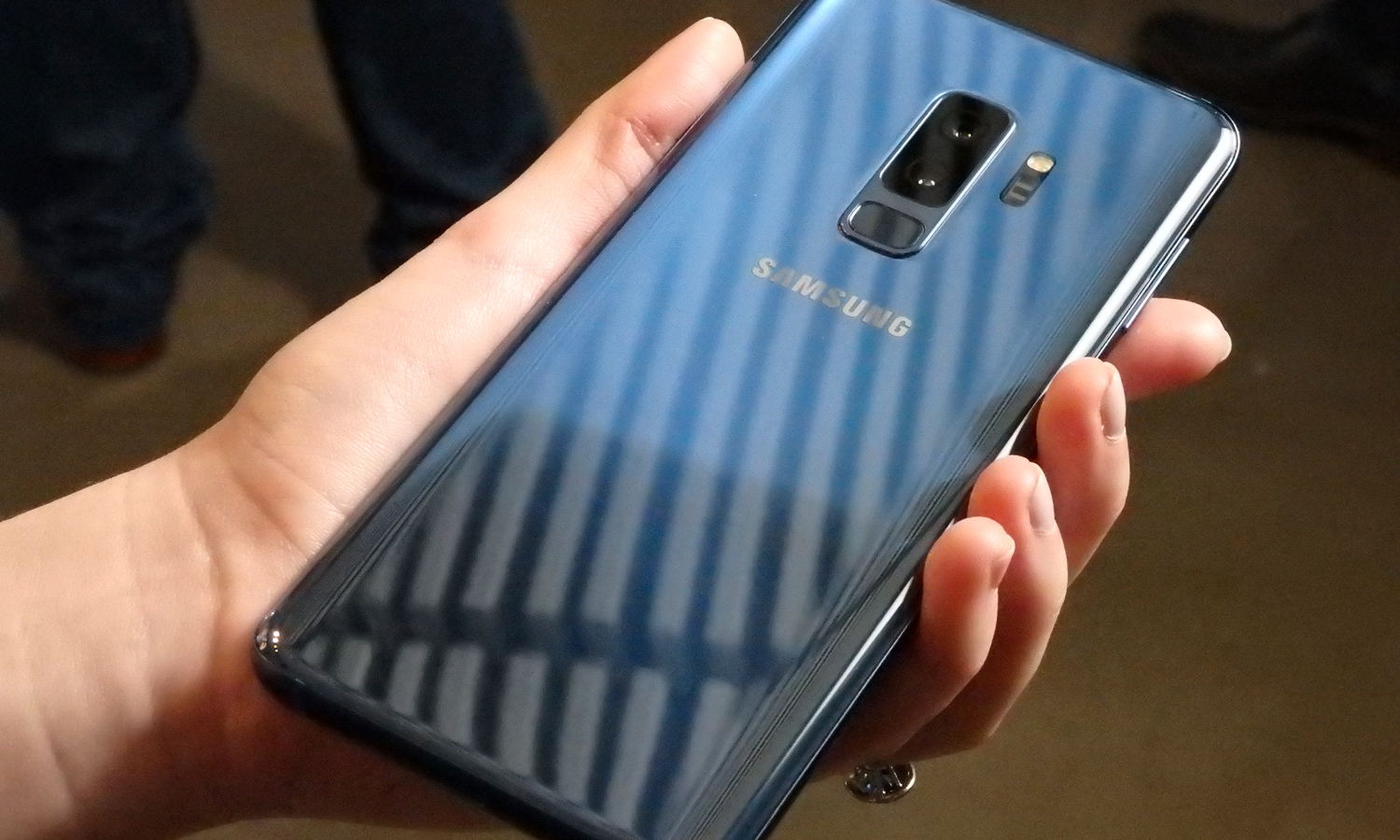
One other key design change since the Galaxy S8 is the addition of stereo speakers to the Galaxy S9. Samsung says the top and bottom speakers on the new phones pump out 1.4 times the volume of their predecessors. Dolby Atmos support should add to the immersive feel of the audio on the S9 and S9+.
Cameras
The most noteworthy spec change is with the S9's cameras. The 12-megapixel rear camera on both the Galaxy S8 and S8+ was really just a holdover from 2016's Galaxy S7. With the S9, Samsung is introducing a new Super Speed Dual Pixel camera, and in the case of the S9+, it's adding a second lens.
The main 12-MP lens on both the S9 and S9+ features a variable aperture that can switch between a wide f/1.5 opening and an f/2.4 aperture. The wider aperture — the Galaxy S8 featured a fixed f/1.7 setting — should help with dark settings, as the S9's camera will be able to let in more light. In fact, Samsung says its new phones let in 28 percent more light than the S8.
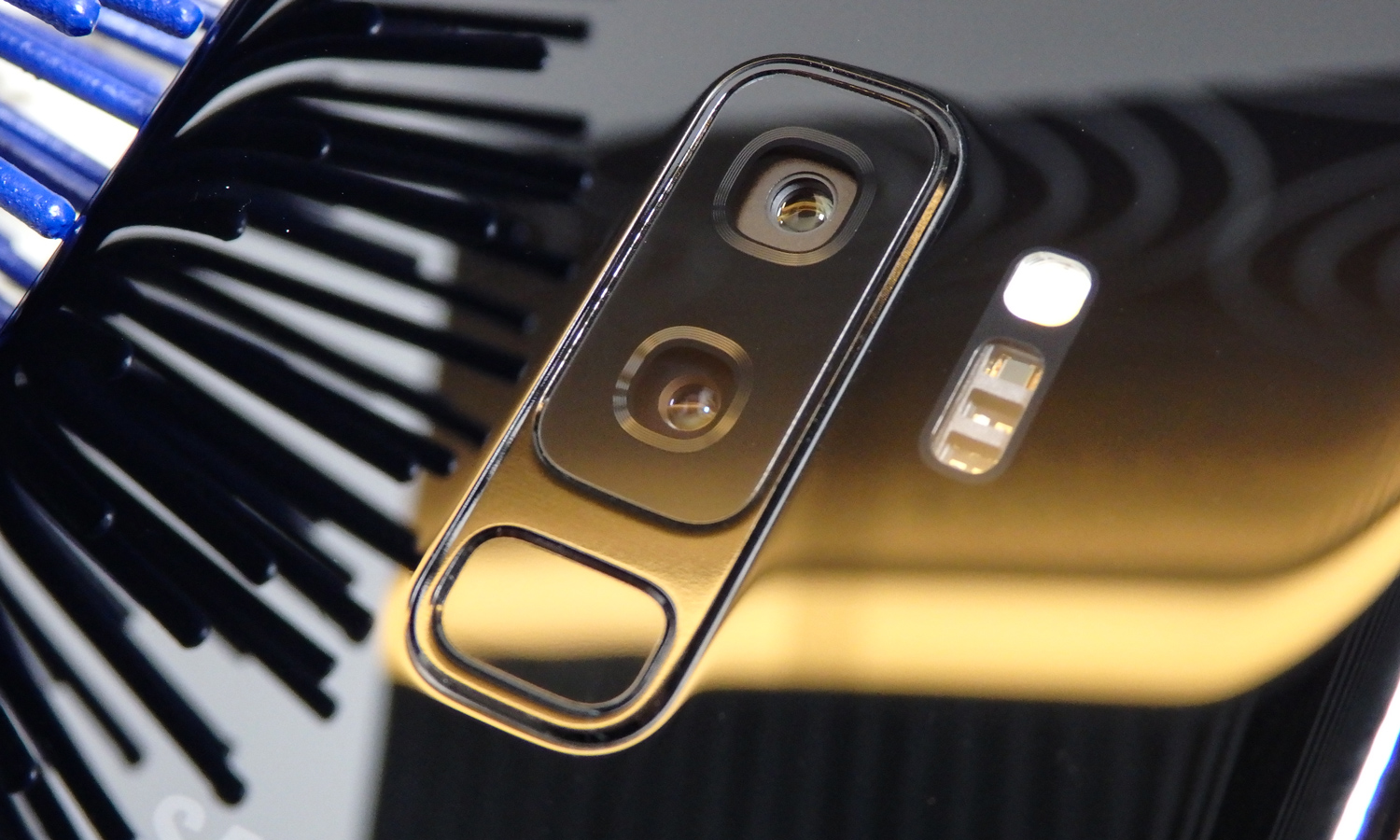
As for the dual-lens setup on the S9+, Samsung adds a second 12-MP telephoto lens. That allows the S9+ to offer a 2x optical zoom while also supporting Live Focus images with artistically blurred backgrounds. Those are features you'll find in the Galaxy Note 8, but not either Galaxy S8 model.
In our testing, we found the S9+ does perform impressively in low-light conditions, but it still trails the Pixel 2 and iPhone X in image quality.
Another big difference between the S9 and last year's phones is that the new models feature Super Slo-Mo video capabilities, where you can slow things down to 960 frames per second at 720p resolution. You can even rely on the S9's camera to automatically kick into Super Slo-Mo mode when it detects motion. We found that manual mode resulted in better slow-mo clips, because sometimes the sensitive automatic mode is triggered too early.
MORE: How the Galaxy S9's Slow-Mo Video Compares to Other Phones
Processor and Storage
The Snapdragon 835 processor that powered the Galaxy S8 (and eventually, other top Android phones that came out in 2017) makes way for the new Snapdragon 845 in the Galaxy S9. Qualcomm, which makes the Snapdragon mobile processing platform, says the 845 offers a 25 percent boost in performance over last year's top-of-the line processor. Graphics performance should improve by more than 30 percent over the Snapdragon 835. And our testing certainly revealed improvements with the Galaxy S9.
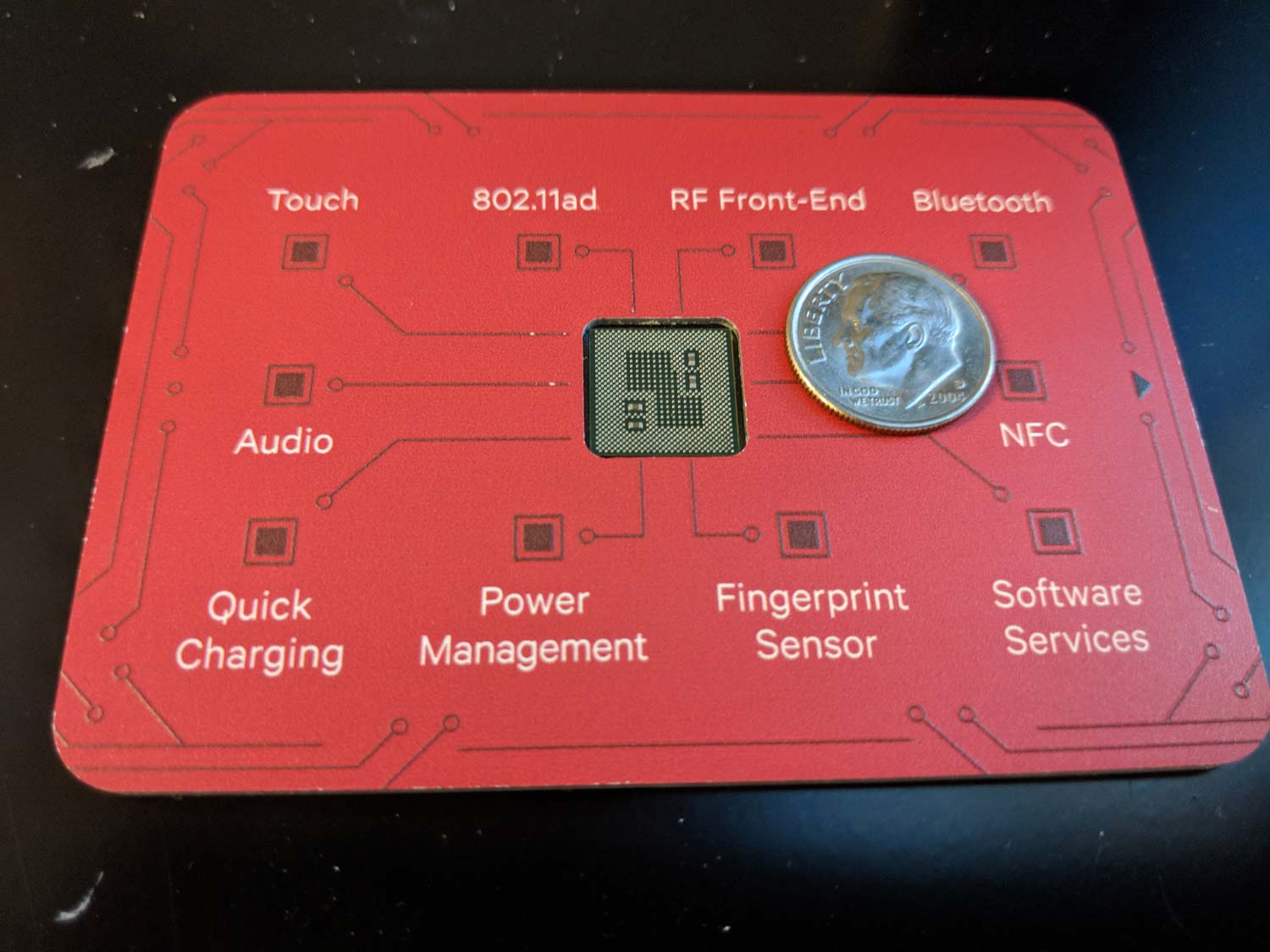
In our video-editing test, in which we export a 2-minute 4K video file, the Galaxy S9+ accomplished the task in 2 minutes and 32 seconds; the S9 was a touch slower at 3 minutes, 29 seconds. But both those phones handily beat the S8's time of 4 minutes and 7 seconds.
We also ran the Geekbench 4 general performance test on all of Samsung's phones, and the S9+ turned in the top performance for any Android device at 8,295. The S9 was a step behind at 7,276. But again, both those numbers are better than the S8's Geekbench 4 score of 6,295.
Still, the S9's new processor still can't compete with the iPhone X's A11 Bionic chip, which breezed through our video conversion test in 42 seconds. And the iPhone X's 10,357 Geekbench score is leagues above the S9+.
Both the Galaxy S8 and S8+ shipped with the same amount of RAM, and the Galaxy S9 matches them with 4GB of memory. But Samsung is mixing things up with the S9+, which ships with 6GB of RAM. That helps the larger device more quickly switch between apps than the S8+.
Storage looked like it was going to remain the same, with the S9 debuting with the same 64GB of capacity that Samsung included with the S8. But in May, Samsung started selling 128GB and 256GB configurations of the Galaxy S9 and S9+ for $50 and $100 more respectively than the $720 and $840 base models. If you need even more storage space, there's a microSD slot as before, though now you can add up to 400GB of storage; previously, you were limited to 256GB on the S8.
Software and Other Features
The Galaxy S9 debuted with Android Oreo, but it's no longer the only Samsung phone to feature Google's latest OS. The Oreo update has rolled out to carrier versions of the Galaxy S8, and it became available to unlocked versions of the older phone this month.
The S8 introduced the Bixby digital assistant, and that's sticking around for the S9, though in a greatly enhanced form. Samsung added features like the ability to have Bixby Vision offer real-time translation just by pointing the S9's camera at a sign or menu, with the translation superimposed on the screen.
MORE: Bixby's New Tricks
You'll also need an S9 or S9+ if you want to experience AR Emoji, Samsung's take on Apple's Animoji. The AR Emoji feature turns your face into an animated 3D emoji with accompanying stickers. We found the new feature to be pretty creepy, though, so Galaxy S8 owners probably won't feel pangs of envy once they see AR Emoji in action.
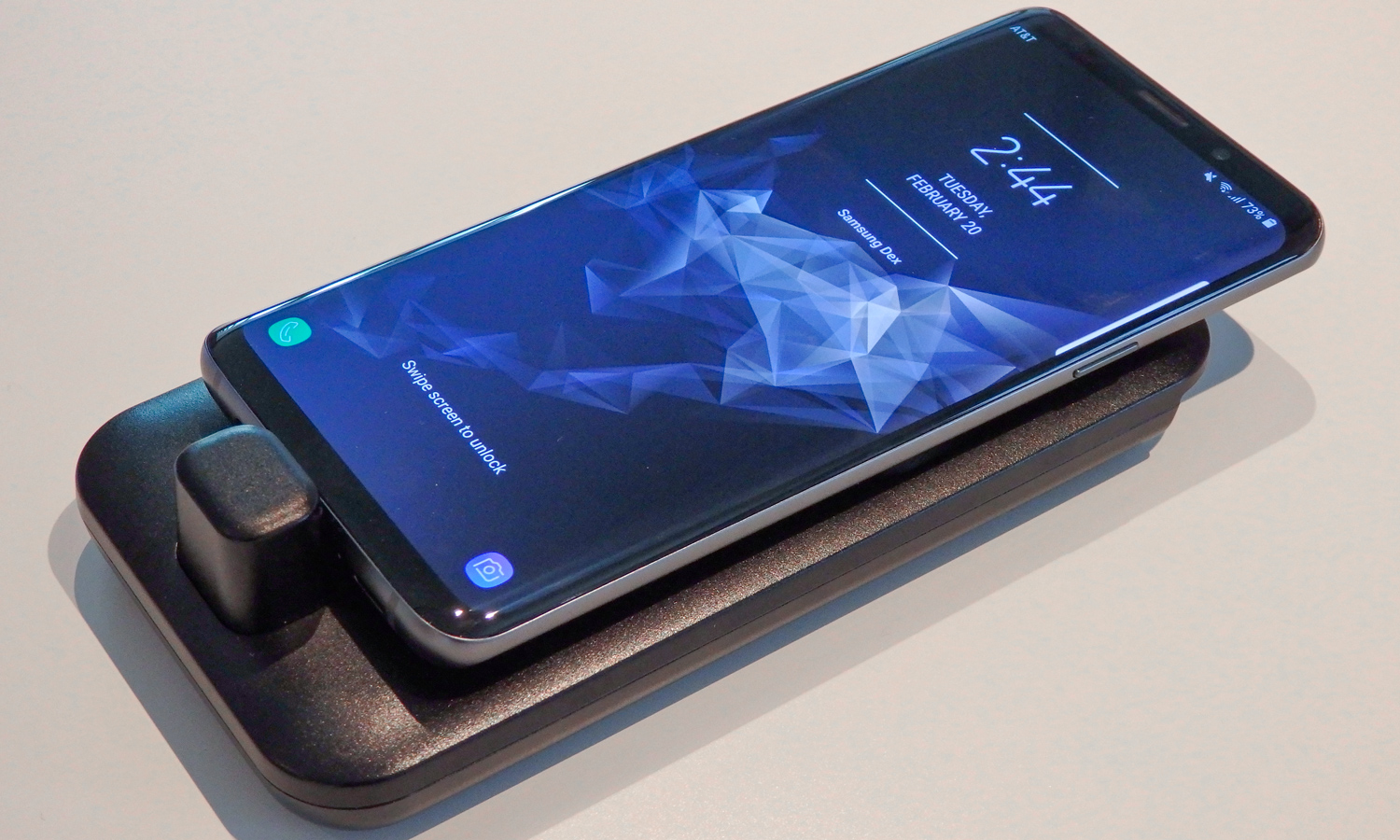
Samsung is taking orders on an updated DeX accessory — the $100 DeX Pad — that's aimed at addressing some of the shortcomings with last year's DeX Station in its attempt to turn your Galaxy phone into a portable computer when you hook it up with a monitor. The DeX Pad is backward compatible with the Galaxy S8 and S8+, though, so this is one new add-on that's not exclusive to Samsung's latest phones.
Battery
Nothing's changed with the battery on the Galaxy S9. The S9 and S9+ feature 3,000 mAh and 3,500 mAh power packs — the same as what you'll find on the Galaxy S8 and S8+. But you might still see improved battery life in the new phones, thanks to the Snapdragon 845 processor. Qualcomm says its new chip is better at managing power consumption, with power efficiency improving by up to 30 percent for some tasks.
We didn't notice much of an improvement, though, when we ran our battery test on the Galaxy S9 and S9+. Both are certainly long-lasting phones: the Galaxy S9+ lasted through 10 hours, 59 minutes of continuous web surfing over T-Mobile's LTE, while the S9 was nearly as good at 10 hours, 52 minutes. But that's only a modest improvement over the S8's time of 10 hours, 39 minutes, and the Galaxy S8+ outlasted them all at 11 hours, 4 minutes. Our guess? The brighter screens on the new phones erased any power efficiency gains from the new processors. At any rate, either the S8 or S9 will give you all-day battery life.
Price
The S9 and S9+ debuted at $720 and $840 unlocked from Samsung. (Add $50 and $100, respectively, if you want the 128GB or 256GB versions, which are only available from Samsung.) That was lower than the debut price tags for the S8 ($750) and S8+ ($850). But prices on Samsung's older phones have fallen considerably since the S9 came out. Depending on the carrier, you can get an S8 for $100 to $135 cheaper than an S9. By using one of our Samsung discount codes, you could potentially save even more money on either device.
| Row 0 - Cell 0 | Galaxy S8 | Galaxy S8+ | Galaxy S9 | Galaxy S9+ |
| AT&T | $655 AT&T | $755 AT&T | $790 AT&T | $915 AT&T |
| Sprint | $672 Sprint | N/A | $792 Sprint | $912 Sprint |
| T-Mobile | $600 Tmobile | N/A | $720 Tmobile | $840 Tmobile |
| Verizon | $696 Verizon | $768 Verizon | $799 Verizon | $929 Verizon |
And that just reflects carrier pricing. Buy the S8 unlocked and you can expect a substantial drop in price. You can find the older phone for around $600 on Amazon, and even lower if you opt for a certified refurbished version of the S8.
Outlook
The Galaxy S9 and S9+ aren't radical departures from the S8 and S8+ that preceded them. But between the changes to the camera and the new processor inside, the S9 is a distinctly different phone from last year's model.
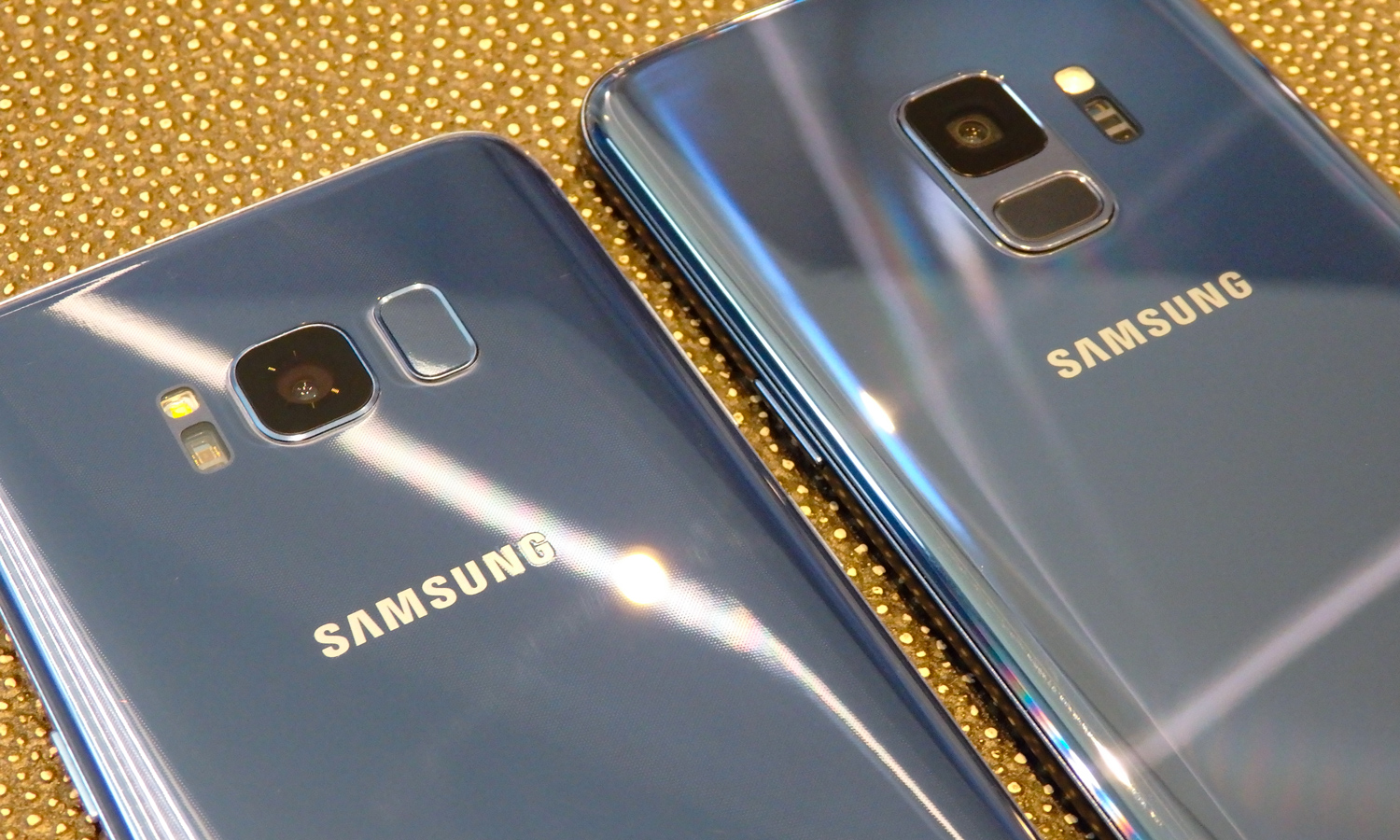
Is it different enough to convince you to upgrade if you're already the proud owner of a Galaxy S8? Unless you really live and die by your phone's camera, the answer is probably not. While the Galaxy S+ outperforms the S8+ in our lab tests, the performance gap is unlikely to make existing S8 owners feel like they're left in the slow lane. And now that the S8 can run Oreo, another reason to upgrade to the S9 just disappeared.
That leaves the updated cameras as the biggest factor to consider when deciding whether to jump to the Galaxy S9 from the S8. The S9's camera does perform better in low-light situations, but still lags behind the Pixel 2 and iPhone X. Only S8 owners suffering from a severe case of FOMO should be eager to upgrade. And if you find the 64GB of storage on the S8 too constricting, the newly unveiled 128GB and 256GB versions of the S9 may be appealing.
If you do plan to upgrade from your S8, check with both Samsung and assorted wireless carriers to see what kind of trade-in value you can get for your current phone. Both Samsung and several carriers are promising up to $350 in credit, and that could take a chunk out of the Galaxy S9's asking price.
Originally posted on Feb. 25, this article has been updated with information about the higher capacity versions of the Galaxy S9 and S9+.
Image Credits: Tom's Guide
Sign up to get the BEST of Tom's Guide direct to your inbox.
Get instant access to breaking news, the hottest reviews, great deals and helpful tips.
Philip Michaels is a Managing Editor at Tom's Guide. He's been covering personal technology since 1999 and was in the building when Steve Jobs showed off the iPhone for the first time. He's been evaluating smartphones since that first iPhone debuted in 2007, and he's been following phone carriers and smartphone plans since 2015. He has strong opinions about Apple, the Oakland Athletics, old movies and proper butchery techniques. Follow him at @PhilipMichaels.
-
extreemator Don't buy namerican s9 with snapdragon it has locked bootloaders. Rather buy an iphone. Same closed crappy due to carriers' greed. Or buy international version with exynosReply

